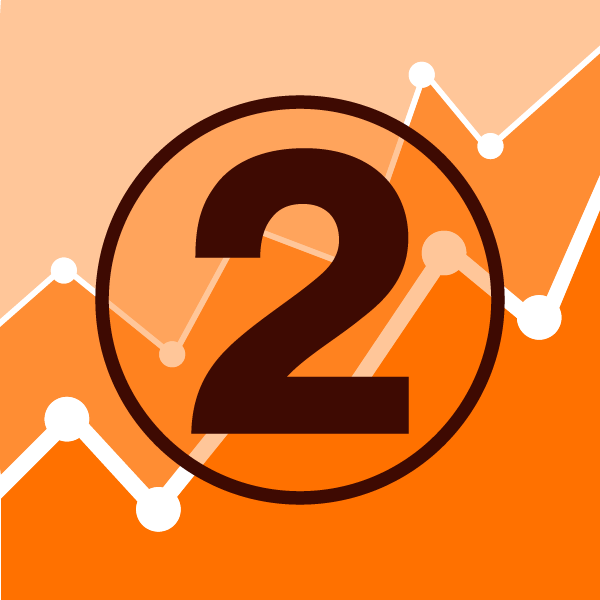Let’s go back for a moment to a time when there was little insightful marketing data…
 In 1987, I sat across a very expensive desk from one of the era’s top public relations moguls. Instead of engaging in typical small talk with a junior designer after a client meeting, he turned to me, and with a smirk made a startling declaration: “Vince, all I do is bulls**t the clients…I have no way to know what really worked and what didn’t.”
In 1987, I sat across a very expensive desk from one of the era’s top public relations moguls. Instead of engaging in typical small talk with a junior designer after a client meeting, he turned to me, and with a smirk made a startling declaration: “Vince, all I do is bulls**t the clients…I have no way to know what really worked and what didn’t.”
I left that room thinking the marketing world I knew was as fake as a Hollywood set. How could those in charge not know for certain what they were doing was effective? And why would companies pay enormous amounts of money for it?
Time and experience has helped me to understand that marketing was the mastery of deft craftsmen relying on past experience and educated hunches working in tandem with good salespeople pitching campaigns over a few dry martinis that quickly blurred away any troublesome doubts from the client.
Fast forward to the era of intelligence-driven marketing
Today, as I watch the industry learn how to apply data to their campaigns, I’m witnessing how the starvation of the past is making simple observations seem monumental to marketers. I see people obsessing over how a button color can improve response. And how tools can make A/B testing easy to determine which creative is more successful. However, the creative they’re referring to is most often a simple layout or photo difference. I rarely see anyone talking about their experiences applying data to the definition of creative that is the backbone of a successful campaign: a compelling message and how well it’s brought to life with words and visuals.
2 ways you should be applying data to better marketing creative
#1 – Take advantage of the depth of insight you can find within purchase intent data to devise new messages and images that better influence the decision making process
You now have the opportunity to learn so much about your prospects: understanding their true pain points and knowing which competitors they are considering. Knowing these facts for certain because behavior doesn’t lie – instead of assuming you know what they are from what they tell you – will help you to hone in on messaging that will be much more successful.
#2 – Use optimization and marketing automation tools to find out the true stimulus for response by testing what really matters: how relevant your conversation is
Be sure you allocate a healthy portion of your A/B testing to refine the creative you developed using the insight from purchase intent data. Getting a higher response rate with button color change is a one hit wonder. Progressively improving your response rate with more and more relevancy will continue to pay higher dividends and ultimately win more conversions — not only at the button-clicking moment but also where it counts: the handshake of a deal won.
Taking advantage of this methodology should go a long way in convincing the C-suite that you’re making the wisest choices with time and money spent.
I invite you to share the new ways you are using data to develop more intelligence-driven creative. Please feel free to leave a comment or connect with me on LinkedIn.



